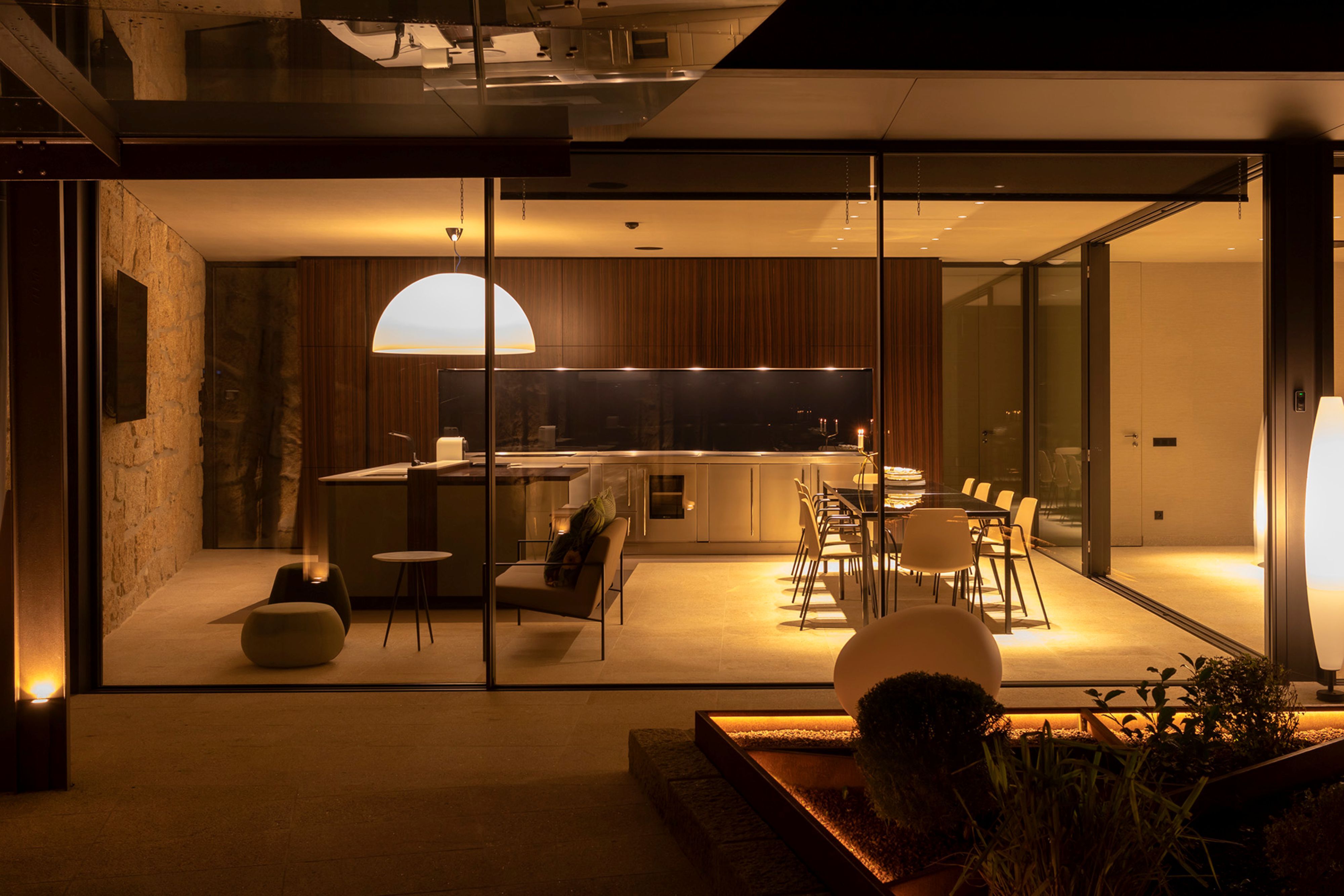
IS A WARM HOUSE THE SAME AS A HEATED HOUSE? NO! 🤔
FERCAR EXPLAINS
A heated house is a house that, although it is being heated, causes chills.
A warm house is a house where you don't feel the heat, but you don't feel the cold either.
When we answer questions from our customers about the best way to heat a house, the question that comes up most often has to do with the best way to solve that problem of discomfort that arises when the heating is turned on. Our customers often tell us that the air is stuffy when they turn on the heating and that they feel cold at the same time as they feel hot. In addition, they tell us that the appliance that heats the house uses a lot of energy to raise the temperature in the house.
We always respond in the same way: nothing more obvious and natural!
THREE REASONS WHY THIS EFFECT OCCURS:
What happens when you heat the house for short periods of time, but with great intensity, is that the air heats up excessively, which contrasts with the temperature of the walls, which are very cold. The result is unexpected. The walls, which are very cold, begin to exude moisture when they come into contact with the warm air (the well-known phenomenon of condensation), making the air much more humid than usual and therefore less breathable. This is a symptom of a heated house. To overcome this problem, you need to heat for longer and with less intensity. The consumption will be identical, but with completely different comfort, because the walls are at roughly the same temperature as the air and the phenomenon of condensation does not occur.
What also happens when you heat the house for short periods of time but with great intensity is that the hot air touches the cold walls and cools them down. As the warm air tends to rise and the cold air tends to fall, we are left with an unpleasant sensation of draught even though the doors are all closed. The sensation is similar to the one you get when you have a cold. You feel hot and cold at the same time. This is also a symptom of a warm house. What happens is a well-known meteorological phenomenon when a current of warm air collides with a current of cold air. In the case of our houses, this creates a mini-tornado which is technically called a convective pump and creates a mini-stream of air in the same room of the house, even if it is closed off from the outside. By heating the house more continuously, this problem gradually disappears and, if the heating system is equipped with an automatic combustion control, it will save fuel as if the system were only switched on once a day for a short time.
Finally, the recurring complaint that the heating appliance uses too much energy to heat the house even if it's on for two or three hours a day: nothing could be more natural because, in these cases, the house will be like a person who doesn't eat for a day. It eats up all the energy you give it and doesn't give any back. The walls of the house, as well as all the furniture, are like a larder that absorbs a lot of heat before giving it back. It's a bit like us. If we are exposed to the cold for a long time, our body becomes so cold that, even if we go near a heat source, we feel cold inside for a long time before we feel that our body has an adequate thermal regulation. This time is when our body is absorbing all the available thermal energy. In the case of our homes, this absorption is a thousand times greater.
That's why, at FERCAR, we often tell our customers that there is a fundamental difference between a heated house 👎 and a warm house 👍. A heated house is a house that has what we call a thermal imbalance. A warm house is a house that is thermally balanced.
The cost of getting a warm house is no greater than the cost of having a heated house.
Now you know. 😉